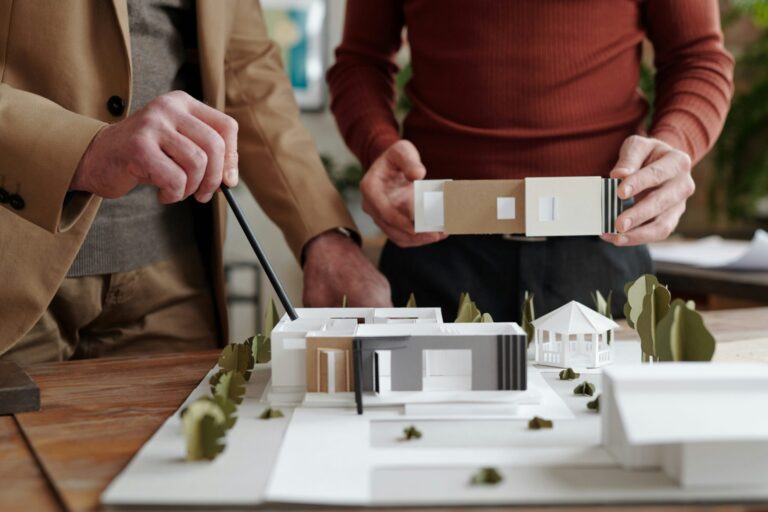Overview
In 2023, 3D printing technology began to emerge as a viable and innovative solution to address the growing demand for affordable housing. With housing prices continuing to rise, particularly in urban areas, 3D printing offered a potentially game-changing method to build homes more efficiently, sustainably, and at a lower cost. One of the most prominent companies leading the charge in this space is ICON, a pioneer in 3D-printed construction.
In early 2023, ICON announced its partnership with several non-profit organizations and government agencies to build a 100-home community in Texas using 3D-printed concrete structures. This ambitious project aimed to provide affordable housing for low-income families while also showcasing the potential of 3D printing in solving the housing crisis that continues to affect many parts of the United States.
Benefits of 3D-Printed Homes
The advantages of using 3D printing in construction were clear. According to ICON, the use of 3D-printed concrete reduced construction costs by up to 30% compared to traditional building methods. This cost savings was driven by the reduction in labor and material costs, as well as the ability to produce homes faster. While conventional construction can take several months to complete, 3D printing can significantly shorten the timeline, making it a practical solution for addressing urgent housing needs.
The process itself involves advanced robotics and specialized 3D printers that layer concrete in a precise pattern to create homes. These homes are not only more affordable but also highly customizable, allowing for unique, intricate designs that could be tailored to the needs and preferences of the residents. Moreover, 3D printing allows for the creation of environmentally friendly homes, as the process produces less waste compared to traditional construction methods.
ICON’s work highlighted how sustainability could be integrated into affordable housing projects. By using durable, energy-efficient materials and designs, 3D-printed homes have the potential to provide long-term benefits to communities by reducing utility costs and the environmental impact of construction.
Implications for Real Estate Professionals
The rise of 3D-printed homes presented both opportunities and challenges for real estate professionals. For those involved in the affordable housing sector, this technology offered an exciting new way to provide cost-effective homes in a competitive market. Real estate agents who specialized in affordable housing were particularly eager to integrate 3D-printed properties into their portfolios, allowing them to offer innovative housing solutions to a broader range of clients.
However, the adoption of 3D printing in real estate also raised important considerations. Many developers, municipalities, and real estate agents were cautious about fully embracing the technology due to concerns over zoning laws, building codes, and the long-term durability of 3D-printed homes. Traditional building standards and regulations, which were developed for conventional construction methods, would need to evolve to accommodate the unique nature of 3D-printed structures.
As a result, policymakers were beginning to discuss how to modify existing regulations to allow for the use of 3D printing in residential construction. These discussions included the need for updated building codes that would ensure safety and structural integrity while embracing the innovations that 3D printing could bring to the housing industry.
The Future of 3D-Printed Housing
Looking ahead, the integration of 3D printing into the housing construction industry could lead to a major shift in how homes are built. As the technology improves and becomes more widely adopted, it has the potential to play a significant role in solving the affordability crisis by making housing construction faster, cheaper, and more environmentally sustainable.
The use of 3D-printed homes is particularly appealing to developers and municipalities who are looking for ways to provide affordable housing options for low-income families in urban areas. As demand for housing continues to rise, especially in regions where land is scarce, the flexibility and efficiency of 3D printing could become a key tool in tackling the housing shortage.
Conclusion
The partnership between ICON and various non-profit organizations and government agencies to build a 100-home community in Texas is a major milestone in the development of 3D-printed housing. As this innovative construction technology continues to evolve, it has the potential to revolutionize the way homes are built and provide more affordable options for people in need. Real estate professionals, particularly those working in affordable housing, will need to stay informed and adapt to this new wave of construction technology, as it could reshape the housing market in the years to come.
